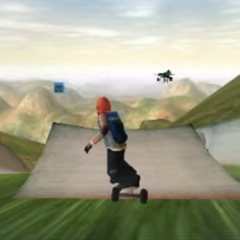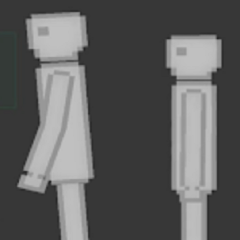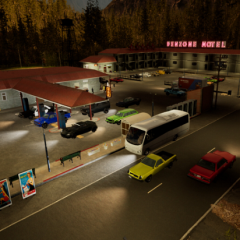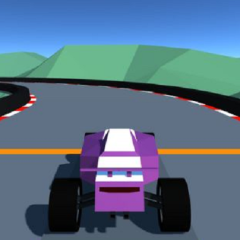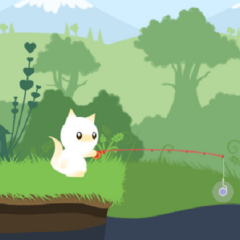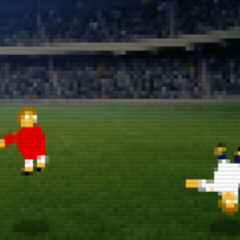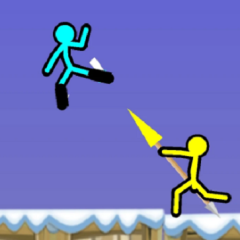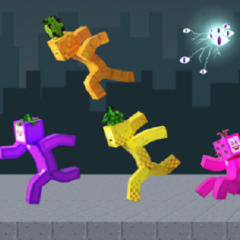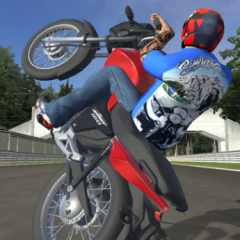Sewer Run Skateboard is a downhill racing game that combines the mechanics of skateboarding with the design of fast-paced tunnel courses. The player rides a skateboard through a complex network of underground passages, using ramps and rails to perform tricks while keeping up with competitors. Each race takes place on a long, curved track powered by gravity, where speed and precision decide the outcome. The game focuses on flow and control, rewarding players who can maintain rhythm through jumps and turns.
Core Gameplay Mechanics
The gameplay centers on movement, balance, and trick execution. The player starts at the top of a slope and accelerates automatically, steering through tight corners and launching off ramps. Tricks can be performed during jumps, adding to the player’s score and providing a temporary boost when landed successfully. Crashing or mistimed landings reduce speed and momentum, creating a challenge between risk and consistency. Every track requires the player to adapt to its layout and use gravity to their advantage.
The main features include:
· skateboard-based downhill races through tunnel environments
· real-time physics controlling acceleration and rotation
· aerial tricks that generate points and temporary boosts
· multiple opponents competing simultaneously
· simplified controls that rely on timing and observation
These systems work together to create fast, reactive gameplay built on rhythm and precision.
Track Design And Race Flow
Each course in Sewer Run Skateboard is built with vertical drops, curved tunnels, and branching routes. Some areas allow wide movement for long tricks, while others narrow into tight paths that require careful steering. Rails placed along the track provide an opportunity for grinding, increasing both points and risk. The track layouts are designed to keep momentum continuous — slowing down or crashing interrupts the natural speed curve, forcing players to rebuild movement and balance.
Controls And Player Strategy
The control system uses a small number of keys but demands accuracy. Directional inputs handle movement, while separate keys are used for jumping and performing tricks. Players must time their actions according to slope and jump angle. Boosts earned from stunts can help during straight sections but should be saved before steep curves to avoid losing control. Over time, players develop a rhythm — knowing when to jump, when to spin, and when to focus solely on stability. Consistency becomes more important than aggression.

